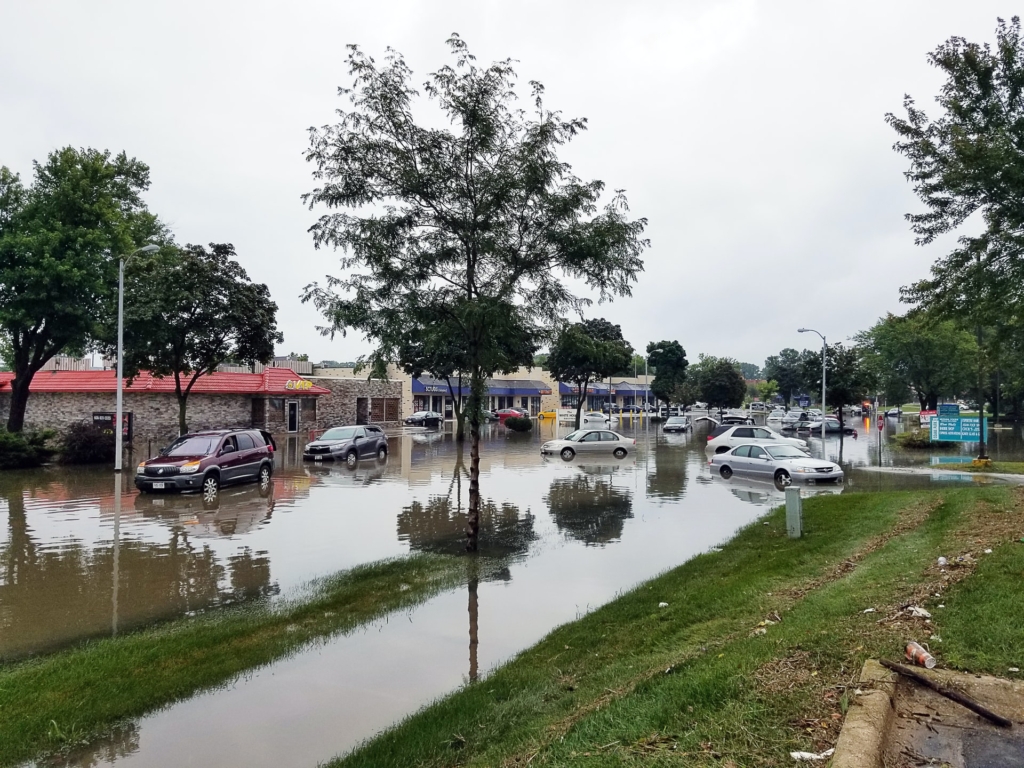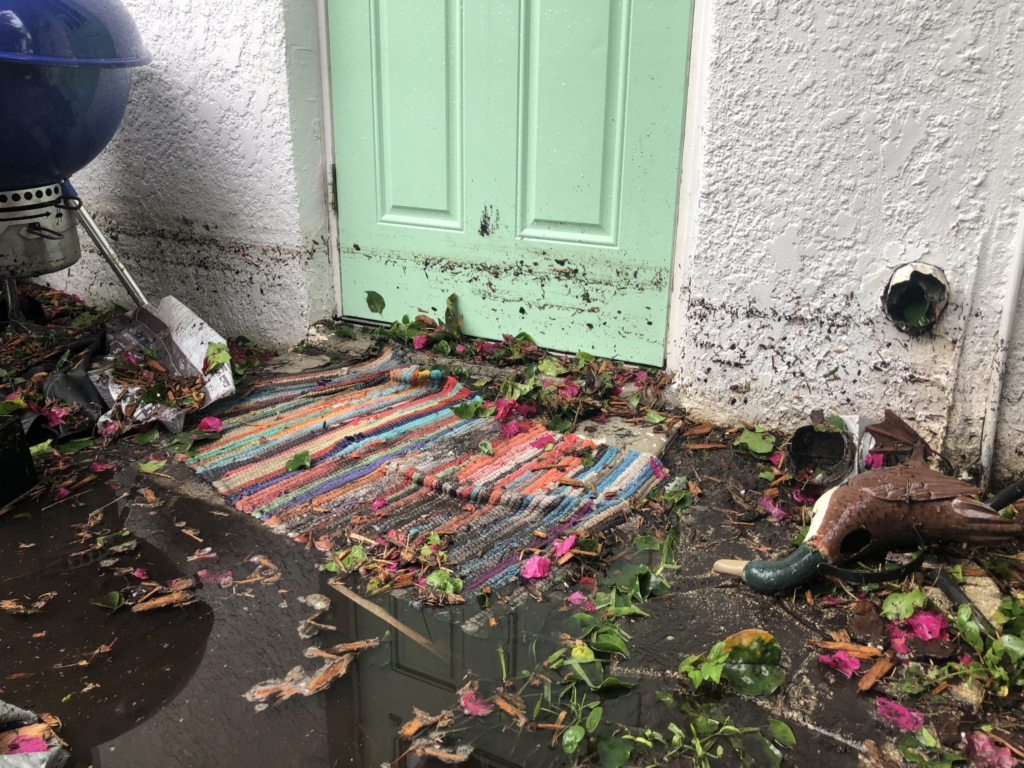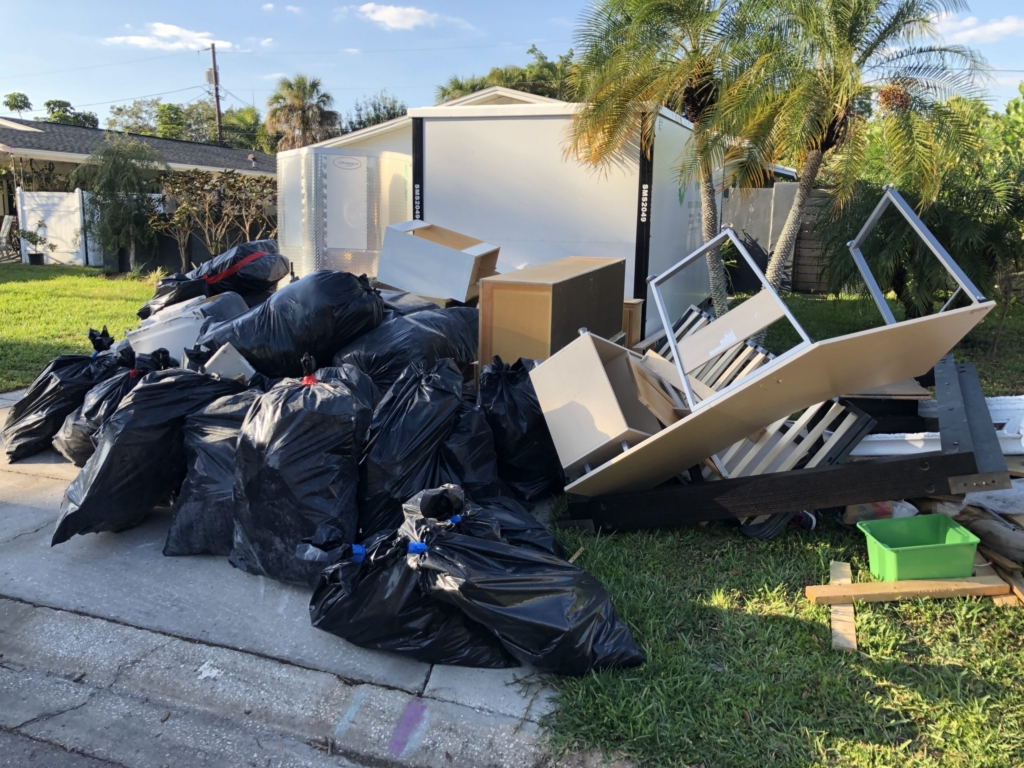
Sell, Rent and Wait for Home Prices to Crash
Your Questions Answered At Ashlar, I firmly b that an educated home buyer or seller is best equipped to make their own decisions. That’s why I
One of the most common questions I get from home owners and people looking to buy a home in St Petersburg, Tampa, and the surrounding area is…
“Do I Need Flood Insurance?”
With the quick follow up questions of….
“How much will my flood insurance be?”
The short answer is “everyone”. Here’s why.
First and foremost as a homeowner in the Tampa Bay area, you need to give some very serious consideration to your flood risk.
The first thing to understand is that Flood Insurance covers damages from flood events, and your house being outside of a flood plain does not eliminate that risk.
Floods can be caused by a multitude of things, not just a big storm or a hurricane. For example, if a water main in front of your house breaks and that deluge of water decides to go through your home, then that is a flood. If a drainage ditch clogs up with debris or it is currently being worked on, and as a result some water decides to go into your house that is a flood claim.
I have also heard horror stories of homes being damaged from a storm or wind event. Like say if a tree punches a hole through the roof, and now rain water flows through that new hole and into your house. Your homeowners insurance will cover the damage to the roof, but I have heard stories of homeowners insurance trying to wiggle out of a bill saying the water that came through that hole was flood damage and would not be covered. As I am sure you can imagine, this would be a nightmare.
As you can imagine, there are plenty of scenarios where a crazy rain storm or other external event could cause water to collect and potentially damage your home.
So even if your home is outside of a flood plain, you should still have flood insurance.

Flood insurance is based on the risk to the house... NOT the land. And identical neighboring homes can pay wildly different flood insurance premiums.
What are the major impacts on flood insurance premiums.
The next part gets a little technical, but it’s ciritcal to understanding how flood insurance pricing works.
Flood Insurance Premiums are based on the specific risk to the structure.
Flood Zones are based off the flood risk to the land.
To illustrate this, let’s say that we have a small piece of land that has a bit of wetlands on it. This wetlands is a low lying area that naturally collects water and usually serves as rainwater storage and flood control areas.
This land would list it’s flood zone as flood zone AE, which means that the property is partially or wholly inside of the 100 year flood plain.
Now, if you build a house in that wetlands inside the 100 year floodplain, then your lender will require you to get flood insurance.
However, if your house is positioned outside of that 100 year flood plain, then you would not be required to get flood insurance because the house is not at risk of that 100 year flood.
Now what if the entire lot is inside the 100 year flood plain? Imagine that the lot is not direct waterfront but is a few blocks from Tampa Bay on one of the larger islands in the area.
In this case, the 100 year flood pain also has a height dimension. So all you would need to do is to raise the home above that height and then it would be outside of the flood plain and your lender would not require flood insurance.
This is why you see newer homes built either on top of pilings or on large mounds of dirt brought in to elevate the house. By elevating the house above the expected level of a flood you remove the flood risk.
This is also one of the reasons why the underneath of a stilt home is not supposed to be living area. If you have a stilt home with low flood insurance because it is based on the risk only to the raised living area, then your downstairs underneath the stilt home will not be covered by flood insurance, and you would be on the hook for any flood damage caused there.
In addition, having walls and other structures in this underneath poses structural risks to the house in the event of an actual flood, so tread very carefully when deciding what to do downstairs.

How to obtain a flood insurance quote
Flood insurance Premiums are calculated based on the specific risks to the structure.
To determine these risks, you will usually need to obtain a type of survey called an Elevation Certificate. This elevation certificate gives you information such as elevations found around the parcel of land as well as surrounding properties. This helps to determine the direction water will travel in a flood event.
The Elevation Certificate will also give you the surveyed height to the home’s living area. Typically this will be in feet and inches.
Your insurance provider will then use this Elevation Certificate to determine your flood risk and to quote you a flood insurance premium.
Many times an insurer does not need a elevation certificate to provide a quick quote over the phone. They usually have access to a FEMA database that allows a quick quote to be provided. This is good for a rough estimate of expenses.
If you are evaluating a home for purchase, you can also ask the current homeowner what the cost of their current flood insurance is. There are is some choices they make regarding coverage limits and structure versus contents coverage, but by and large it should be in the same ballpark and should only differ by a couple hundred bucks.
What you should not do though, is ask a neighbor or someone that lives nearby.
Each house can pay drastically different premiums
Flood insurance premiums can vary wildly. Neighbors with identical homes can have premiums differing by thousands of dollars.
Let me give you an example of 3 homes in Shore Acres, all of similar square footage and located across the street from one another.
The first home is at about 4.4 feet above mean sea level, and is built on a slab. The flood insurance premium for this home is about $1800 a year.
Across the street, an identical home but one foot lower in elevation has a flood insurance premium of about $4,000 a year.
And next door is a stilt home, with the living space above the flood plain and their premium is about $300 a year.

There is also a federal program to help reduce the cost of flood insurance for home owners.
The way the program works is if the home was built before the flood maps were created, then the flood insurance premiums are currently significantly discounted.
Here is the Tampa Bay area, that is roughly the mid 1970s. So there are many homes here built before we had flood maps that are able to take advantage of this discounted rate.
This program does become a bit of a sticking point in congress every few years, and they need to renew it every so often. So far it always has been, but that may not always be the case.
If this program is allowed to expire, flood insurance premiums could rise by thousands of dollars overnight. So make sure that if you are covered by this program to call your congressman whenever it comes up for renewal.
Flood Insurance is a large part of living in the Tampa Bay area, and should be seriously considered when buying a home.
If you have any questions about flood insurance, or the particular flood risk of any property in the area, please do not hesitate to reach out and contact me or leave a comment below.
Check out my other Flood Stories :

Your Questions Answered At Ashlar, I firmly b that an educated home buyer or seller is best equipped to make their own decisions. That’s why I
Compare listings
ComparePlease enter your username or email address. You will receive a link to create a new password via email.
